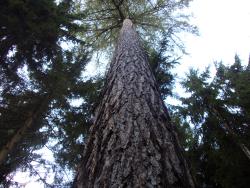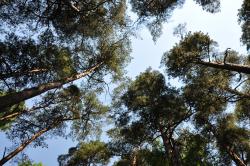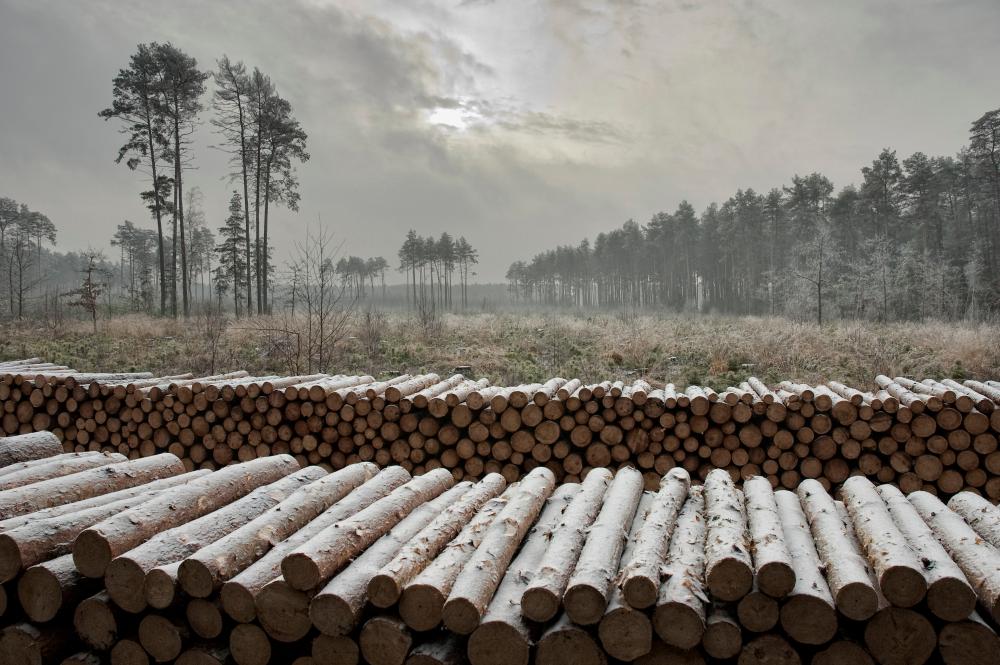 Asset Publisher
Asset Publisher
Sale conditions
Sale conditions of wood are specified by the regulation of Director – General of the Sate Forests.
Within the framework of the individual sale , the foresters try to meet the fast growing demand, because more and more people use wood in order to heat their houses. Contrary to general opinion, these are not only village people, even though they prevail among recipients. The growth of firewood demand is the result of occurrence of new housing estates built in the suburbs of large agglomerations, where houses are usually equipped in fireplace heating installations.
Firewood is not only the most ecological heat source, but also is much more attractive in respect of relation of price and electric efficiency, rather than cola, oil, gas or electric power.
In recent years, the Sate Forests increased the sale of firewood of one third – up to over 4 million cubic meters annually. Firewood is not only the most ecological heat source, but also is much more attractive in respect of relation of price and electric efficiency, rather than cola, oil, gas or electric power. Some of customers choose already prepared and cut into pieces wood, the others very willingly obtain it by themselves after arranging all details and fulfilling particular safety conditions, and after paying the fee; that concerns mainly so called "thinnings". Such a raw material is very cheap, that is why many people from village areas profit from such possibility.
 Asset Publisher
Asset Publisher
 Asset Publisher
Asset Publisher
Lasy Nadleśnictwa
Lasy Nadleśnictwa
 fot. Dorota Mikielska - Jankowska
fot. Dorota Mikielska - Jankowska
 fot. Dorota Mikielska - Jankowska
fot. Dorota Mikielska - Jankowska
 fot. Dorota Mikielska - Jankowska
fot. Dorota Mikielska - Jankowska
 fot. Dorota Mikielska - Jankowska
fot. Dorota Mikielska - Jankowska
 fot. Dorota Mikielska - Jankowska
fot. Dorota Mikielska - Jankowska
 fot. Marek Hurec
fot. Marek Hurec
Nadleśnictwo Gołdap to przede wszystkim historyczny kompleks leśny Puszczy Rominckiej.
Administrowana polska część Puszczy obejmuje około 15,5 tys. hektarów. Pozostałe, około 23 tys. hektarów, znajduje się po stronie rosyjskiej.
Lasy Nadleśnictwa Gołdap wyróżniają się dużym udziałem świerka, który jest gatunkiem panującym na blisko pięciu tysiącach hektarów.Na wielu kolejnych tysiącach hektarów współtworzy zróżnicowane zbiorowiska leśne. Bardzo duży jest też udział dębu, które panuje na ponad 2.6 tys. hektarów. Sosna, będąca ,,królową polskich lasów ", tu zajmuje zaledwie niecałe 20 % powierzchni. Liczne tereny podmokłe i bagienne wpłynęły na duży udział brzozy i olszy.
Zbiorowiskiem, które wyróżnia lasy Nadleśnictwa Gołdap, jest borealny las świerkowy. Panujący w nim mrok, duża wilgotność, swoisty dywan różnorodnych mchów oraz wiszące na gałęziach porosty, wywołują wrażenie prawdziwych, dzikich puszcz. Charakterystyczne są również żyzne zbocza i pagórki porośnięte lasami liściastymi z udziałem lip, grabów, wiązów i klonów. Na uboższych w składniki pokarmowe i wodę piaskach rosną lasy mieszane, złożone z sosen i świerków oraz leszczyn w podszycie. Podmokłe doliny zajmują łęgi z olszami i jesionami. Bardzo rzadkimi i cennymi fragmentami lasów są bory bagienne, porastające zagłębienia zarośniętych jezior, złożone z karłowatych sosen. Specyficzne warunki przyrodnicze spowodowały, że lasy te bywają nazywane POLSKĄ TAJGĄ.








